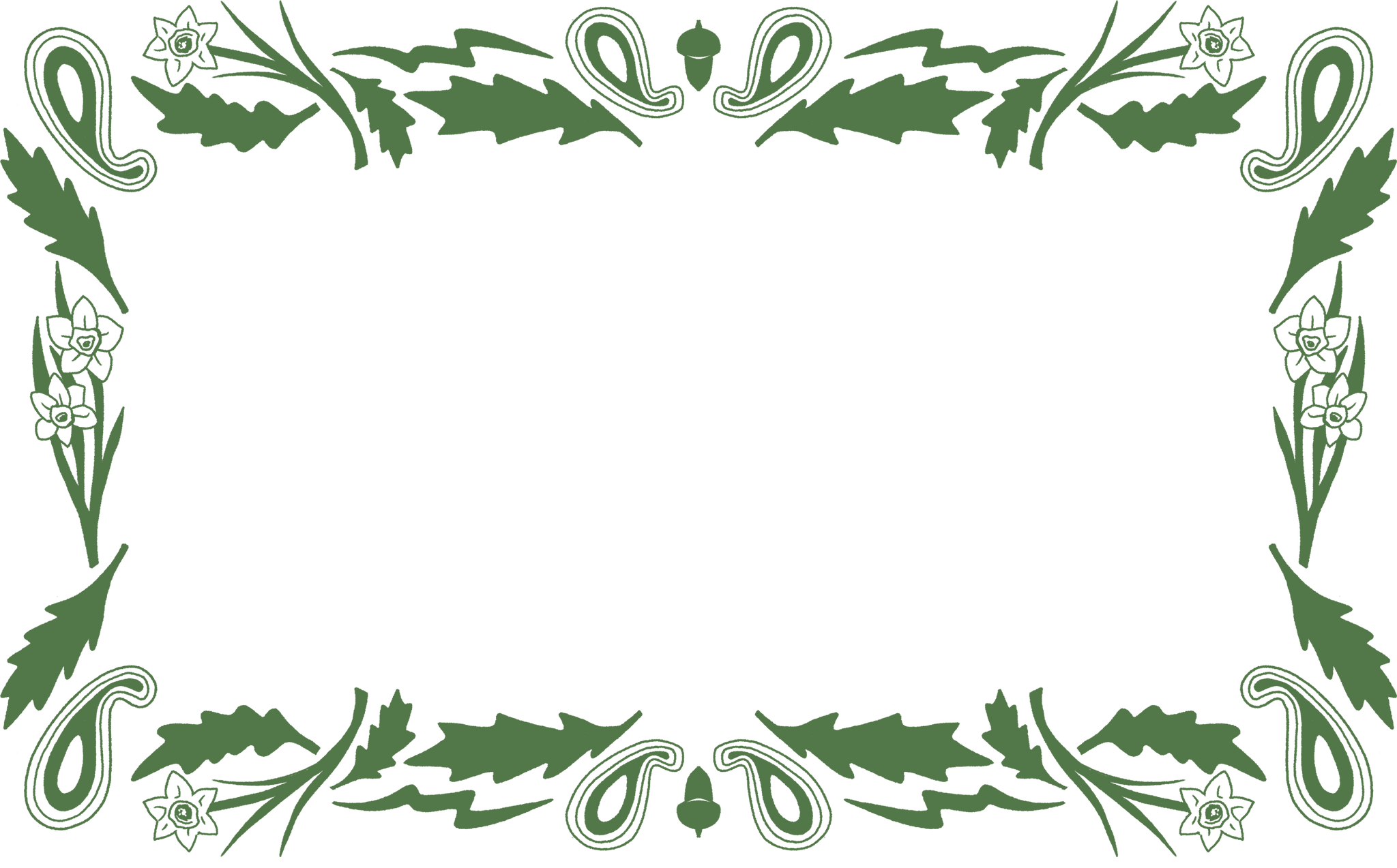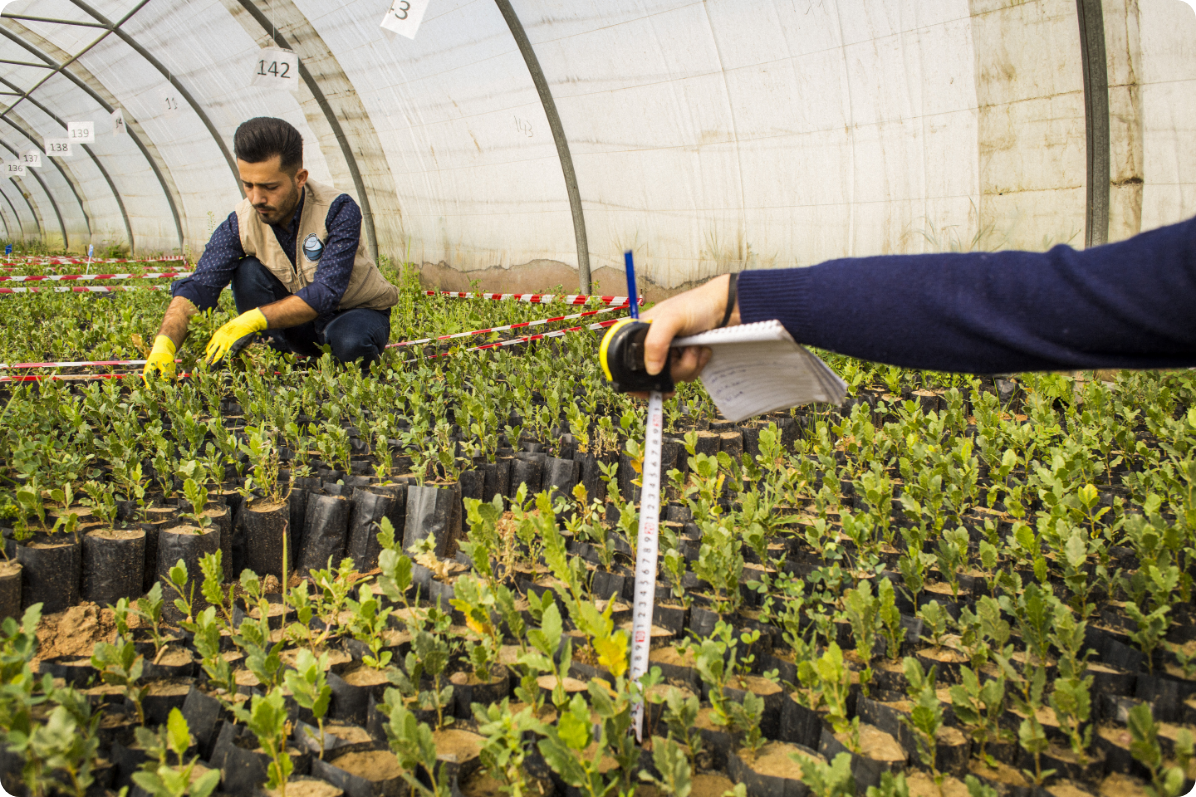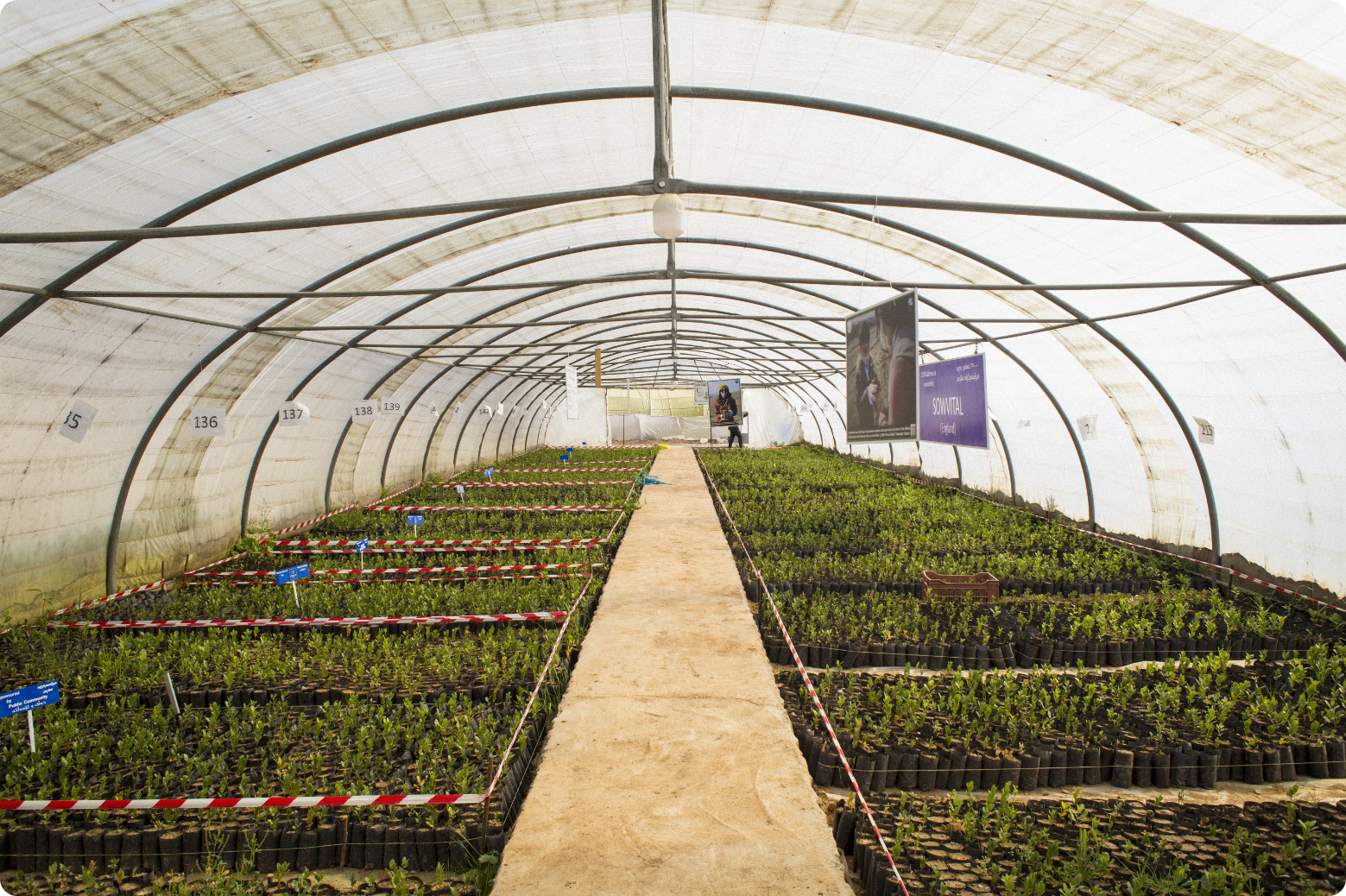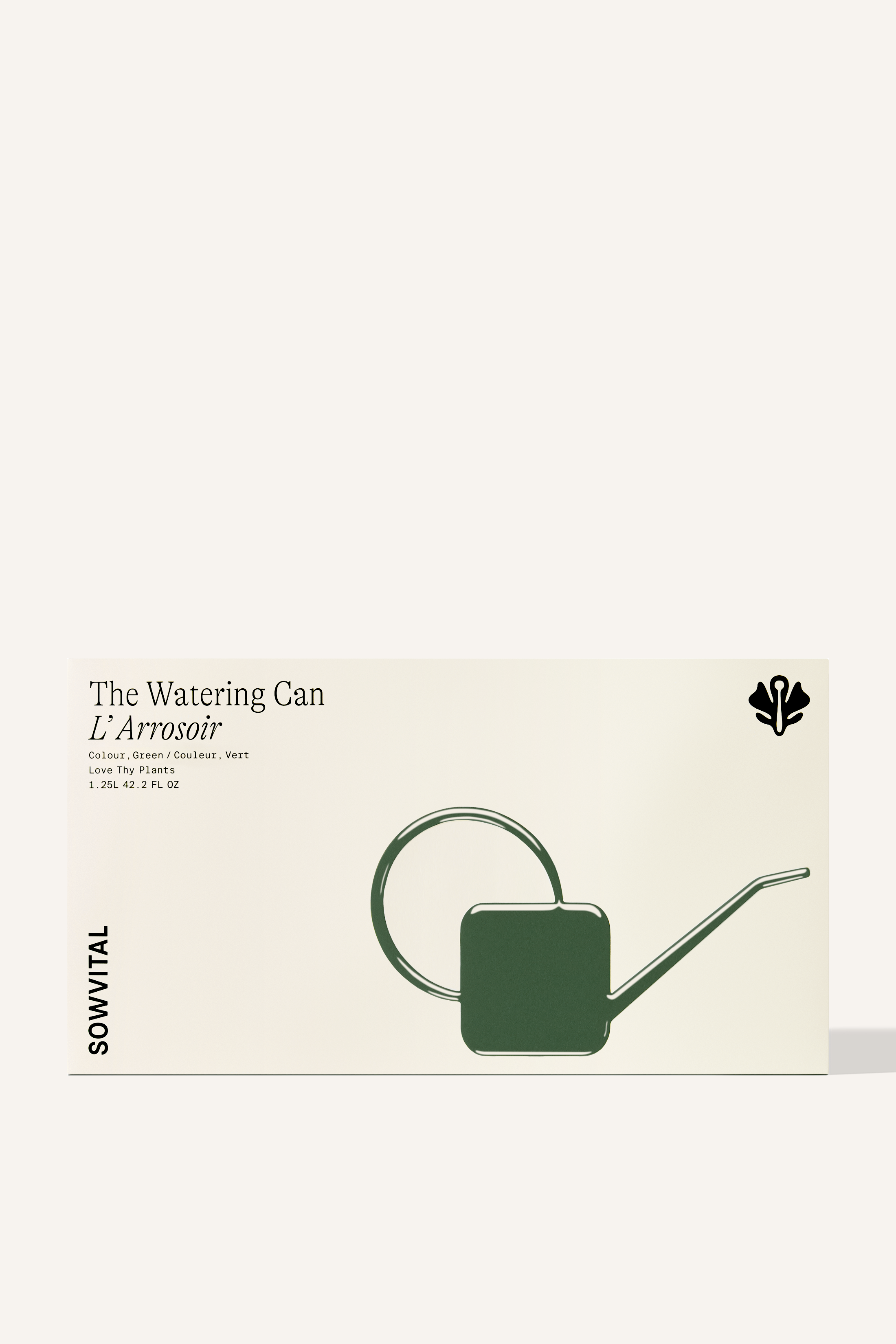
A Greener Planet
A story of Kurdistan Renaissance
Walking through the Kurdish forest, billowing oak trees young and old surrounding you, dry leaves underfoot crunch. It’s a sunny day in May; you feel the warm breeze soothing your face. Your eyes follow a bird and you look up to the sky; you feel that it is mirrored in the blue anemones carpeting the ground. Oh beautiful nature … It’s beautiful indeed! But to experience nature like this in Kurdistan you might have to travel back in time, or to the future perhaps…
Many hills which are currently bare in the Kurdistan region of Iraq used to be covered by woodland, home to many species of flora and fauna. Many species of oak grew across the mountains, but most prevalent was *Quercus brantii*, Brant’s Oak, its silver-grey leaves ideally suited to the altitude and the hot summer sun, its tough bark resisting grazers, and its tenacious roots literally holding the steep hillsides together.
2.2 million
Acres of woodland lost by
wildfires and deforestation
Devastatingly, more than 2.2 million acres of Kurdistan Region woodland was lost between 1999 and 2018, destroyed by wildfires and deforestation particularly linked to conflict in the region.
5000
Acres of land burned by
Turkish and Iranian bombs
Most recently, nearly 5,000 acres of land were burned in the Kurdistan Region by Turkish and Iranian bombs in the summer of 2020 alone, and this has had a visible effect on the hills around the Kurdistan capital, Erbil. Without tree roots holding the earth together, erosion is visibly accelerating; small gullies thread the hillsides, and the soil that remains is friable and degraded.
53°C
Maximum temperatures recently reached
due to global warming
Kurdistan sits at the boundaries of two climate systems, with the arid air of Iran on one side meeting the air from the arid regions of Iraq on the other. As much as 31% of Iraq is desert, with low rainfall and very high temperatures in the summer months, and in recent years the effects of climate change due to global warming have been amplified, with temperatures reaching 53 degrees Celsius.

What is Hasar Organisation?
Why Oak Trees?
Where to find these Oaks?


















































